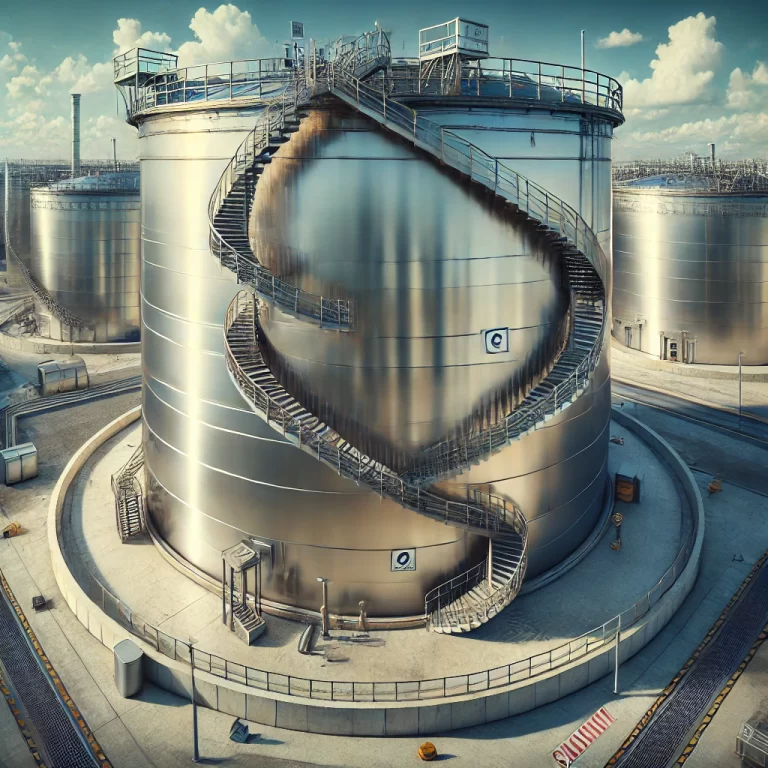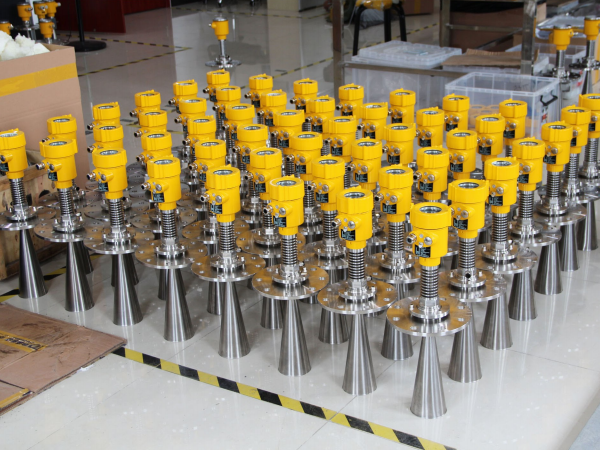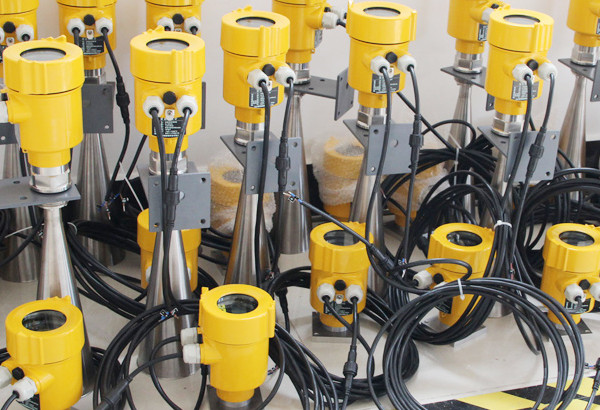In today’s industrial automation field, radar level meter is an advanced measurement tool, and its application in oil tank measurement is particularly important.
This device uses the propagation characteristics of microwaves to measure the amount of liquid or granular matter. Its accuracy and reliability make it one of the indispensable technical equipment in the oil industry.

The core working principle of radar level meter is based on microwave radar technology. When the radar signal is transmitted to the surface of the object to be measured, part of the signal will be reflected back to the receiver, and the level height can be determined by calculating the time difference of the signal round trip.
This process involves complex signal processing algorithms, which ensures high-precision measurement even in harsh environments. In the application of oil tanks, radar level meters show many advantages. First, because oil tanks usually store flammable and explosive liquids, the traditional contact measurement method has safety hazards.
The radar level meter adopts a non-contact measurement method, which greatly improves the safety of the operation. Secondly, volatile gases or foams may be generated during the storage of oil products, which have a great impact on the accuracy of traditional measuring equipment.
Radar level meters can effectively penetrate foam and steam to provide continuous and accurate measurement data. In addition, the installation and maintenance of radar level meters are relatively simple. It does not require complex installation work inside the oil tank. It only needs to fix the equipment on the top of the tank and ensure that the signal transmission path is unobstructed.
In terms of maintenance, due to the lack of moving parts, the failure rate of radar level meters is low, which greatly reduces the workload of daily maintenance.

From an economic point of view, although the initial investment of radar level meters is relatively high, their long-term stability and low maintenance costs make the total cost of ownership relatively low.
Especially in large oil tank areas that require long-term continuous monitoring, this equipment can significantly improve resource management efficiency and optimize inventory control. However, radar level meters also face some challenges in their application.
For example, if there is too much sediment or corrosion on the inner wall of the oil tank, it may affect the reflection effect of radar waves and thus affect the measurement accuracy.
Therefore, regular cleaning of the inner wall of the oil tank is a necessary measure to ensure measurement accuracy. In addition, for some special types of oil products, such as oil slurry containing high concentrations of suspended particles, it may be necessary to specially adjust the parameter settings of the radar level meter to adapt to the complex physical properties.

In an actual application case, a large oil refinery uses radar level meters for real-time monitoring of crude oil storage tanks. By integrating with the automation system, it realizes the automation and informatization of inventory management.
This not only improves operational efficiency, but also reduces the risk of human error and ensures the continuity and stability of the production process.
The application of radar level meters in oil tank measurement demonstrates its irreplaceable value.
